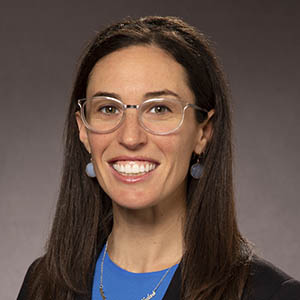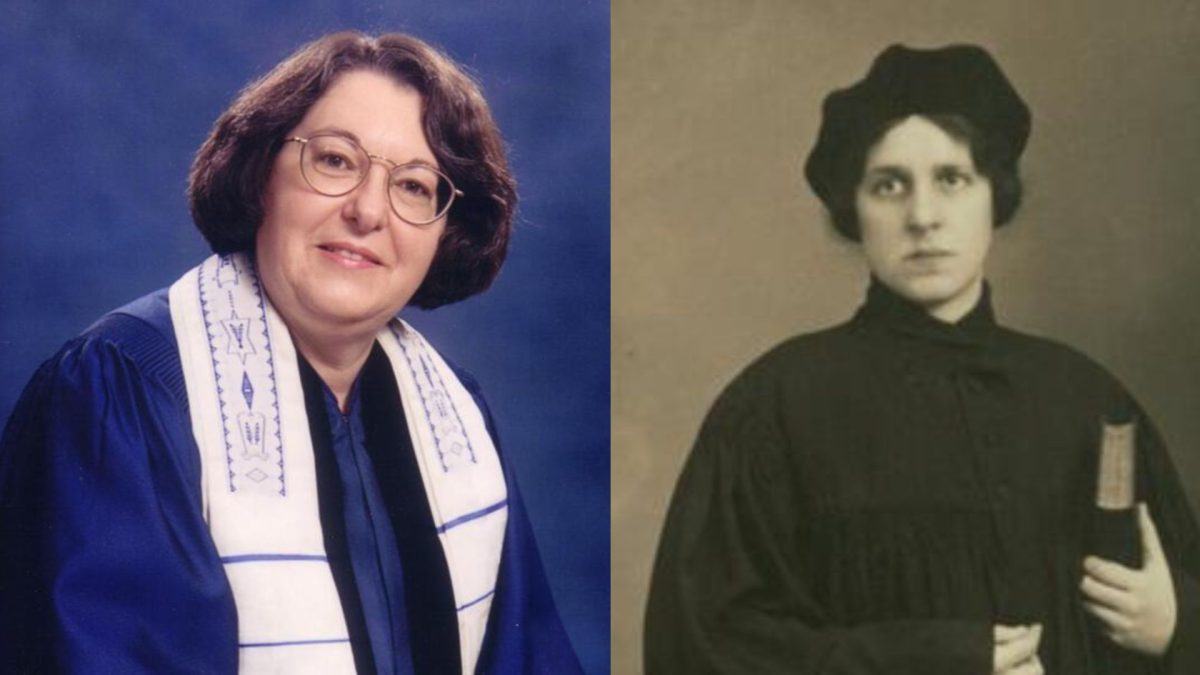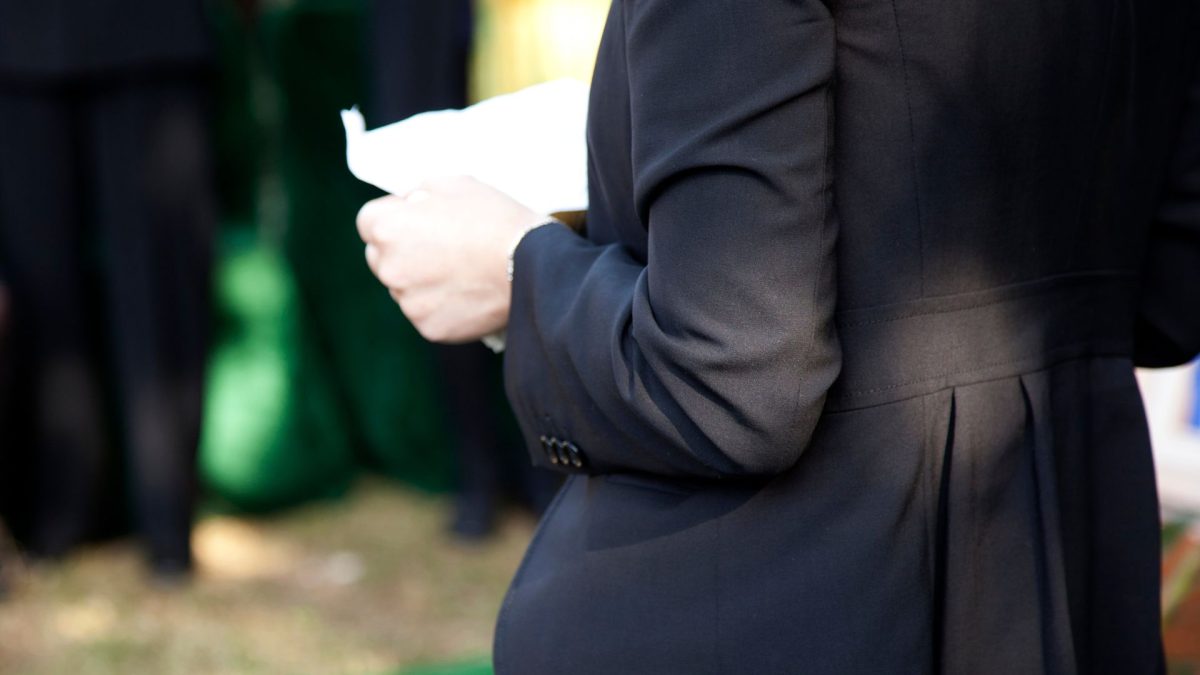When I was 9 years old and attending a Conservative Jewish day school, I witnessed the boys that were required to wear kippot, or yarmulkes, every day while there was no such obligation for the girls attending the school. As a young girl waiting in line to enter our school’s chapel, I slipped on the little green kippah that I brought from home to wear during tefillah (prayers).
Since the purpose of having a spiritual head covering in Jewish tradition was to show reverence to God, I saw the time allotted for speaking to God directly, as when my head should be covered as well as the heads of the boys that I was sitting next to.
Unfortunately, the school had not yet become fully egalitarian and did not support my choice, nor did they support my decision the next day when I chose instead to wear a Blossom-style hat for tefillah (as hats were not allowed for anyone in the school).
I witnessed firsthand the evolution of the egalitarian nature of this day school as the Conservative movement ordained the first woman in 1985 and by 1998 at the time of my bat mitzvah, there was a woman wearing tallit, tefillin and a kippah as a role model working as the rabbi in the school.
Also, by this time, my synagogue had an established practice that all individuals who are on the bimah are required to wear a head covering. Since my bat mitzvah, I had already established the practice of wearing a kippah when I was wearing my tallit but the rest of the time, my head was bare as I walked through the world.
Years later when I started rabbinical school, I evaluated again how I would like to cover my head.
The Talmud explains that one should not walk more than four cubits with an “upright posture” as a sign of being arrogant, the reason being that the whole world is full of God’s glory (BT Kiddushin 31a). There are a variety of ways that people practice an attitude of gratitude and humility in the world and witness the awe-inspiring wonders of the world, and yet wearing a head covering is a way to do just that.
Rav Huna explains that he would not walk more than four cubits without a kippah because “the Divine Presence is above my head” (ibid).
Inspired by these texts, I knew that I wanted to cover my head during prayer times and any time I ate or would otherwise be saying a blessing. The more I thought about when I would wear the covering and when I would take it off, I realized that every moment throughout the day has the potential for blessings as I witness God’s glory in this world and concluded that would need to have my head always covered if I followed this chain of thought.
For me, I mostly choose to wear a headband these days. It reminds me of my Judaism and walking through the world in reverence to God and I am also able to integrate seamlessly into the world. I work as a chaplain, providing spiritual care for all patients, and I do not want my religion to be a stumbling block that comes between me and the others I hold space for during their time of need.
And yet, on a Shabbat morning, I wear a hat or kippah based on how I am feeling that day or fashion.
While some women wear a hat to synagogue, some wear a kippah when having an aliyah or they are on the bimah, others wear wigs and still others have joined what is being referred to in social media as the #headbandNation (i.e.: women who wear headbands as ways to express their gender and connection to Judaism). There are so many ways that those who identify as women are choosing to fully integrate their gender identity and their Jewish spirituality.










